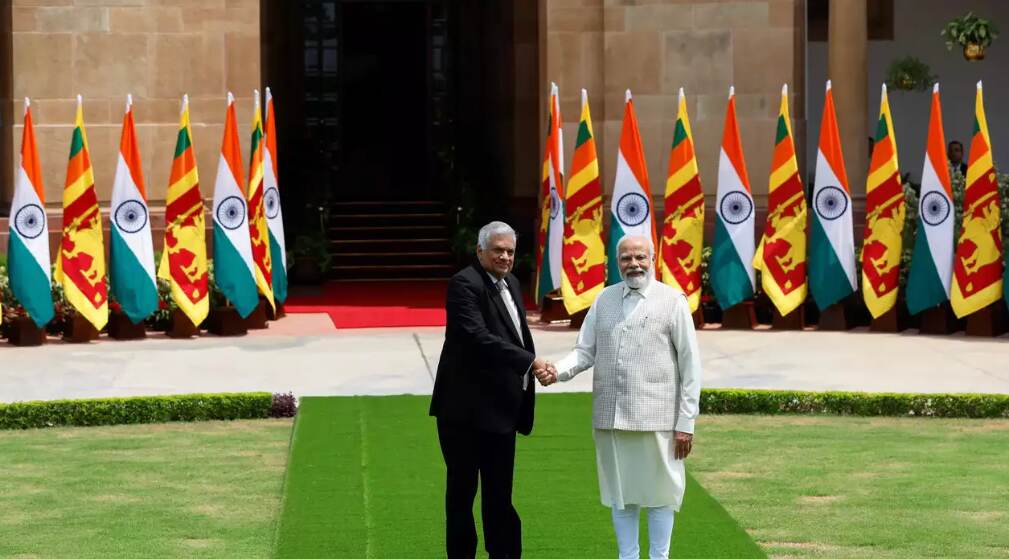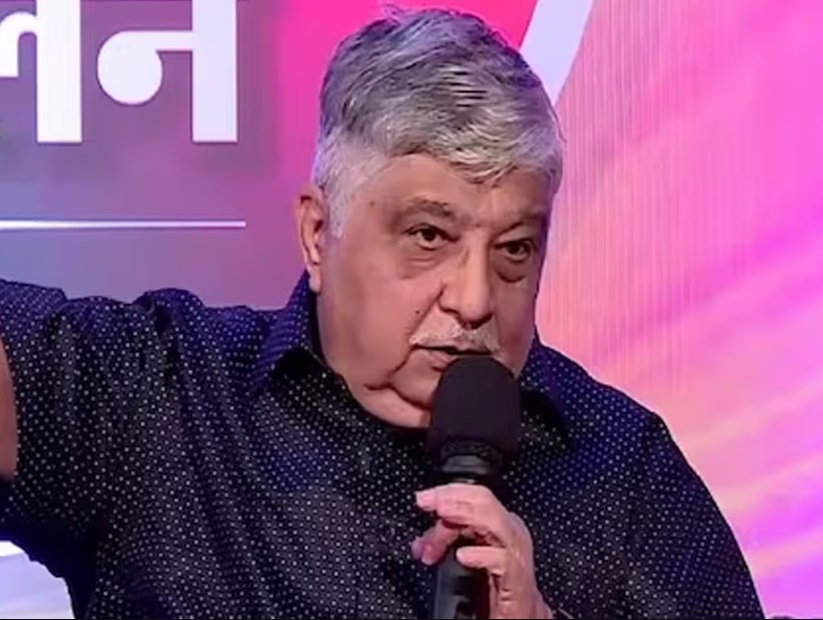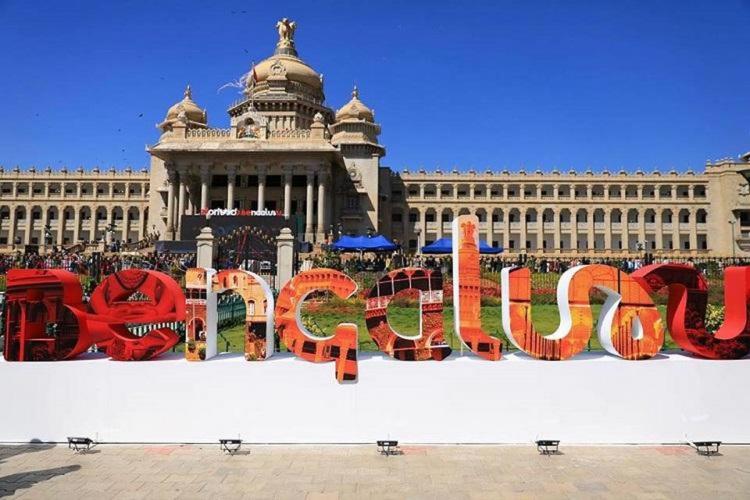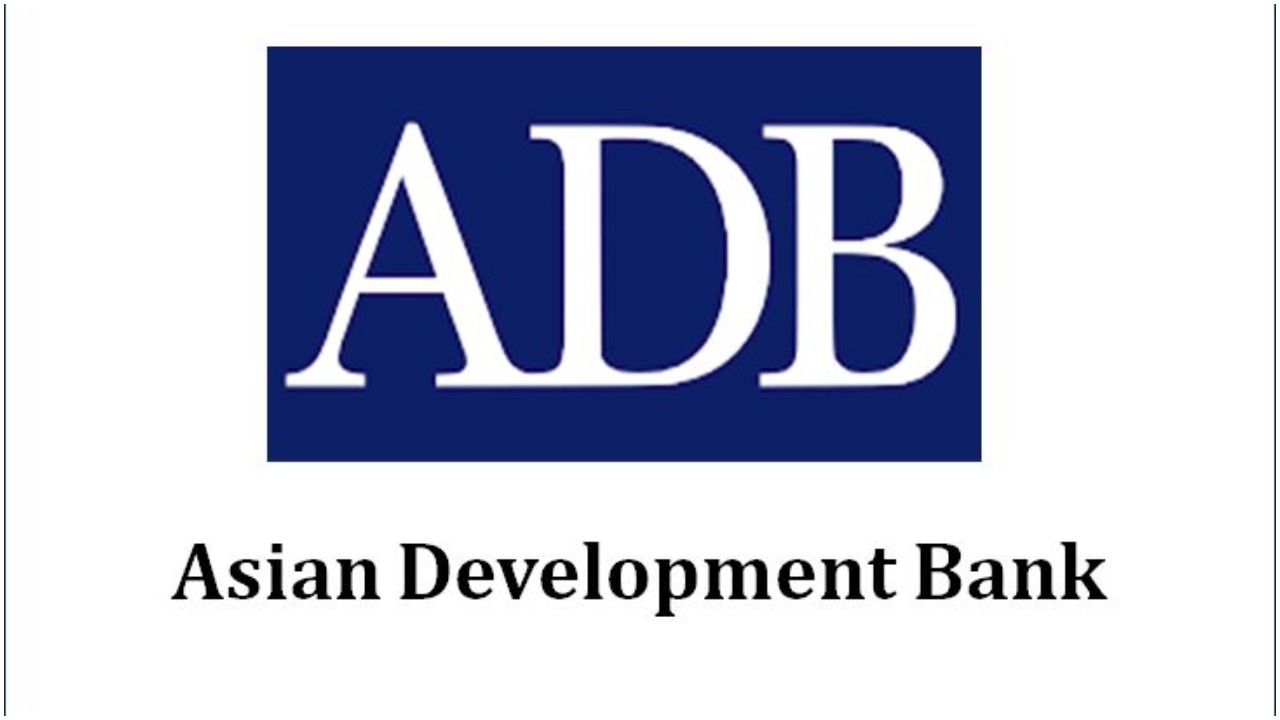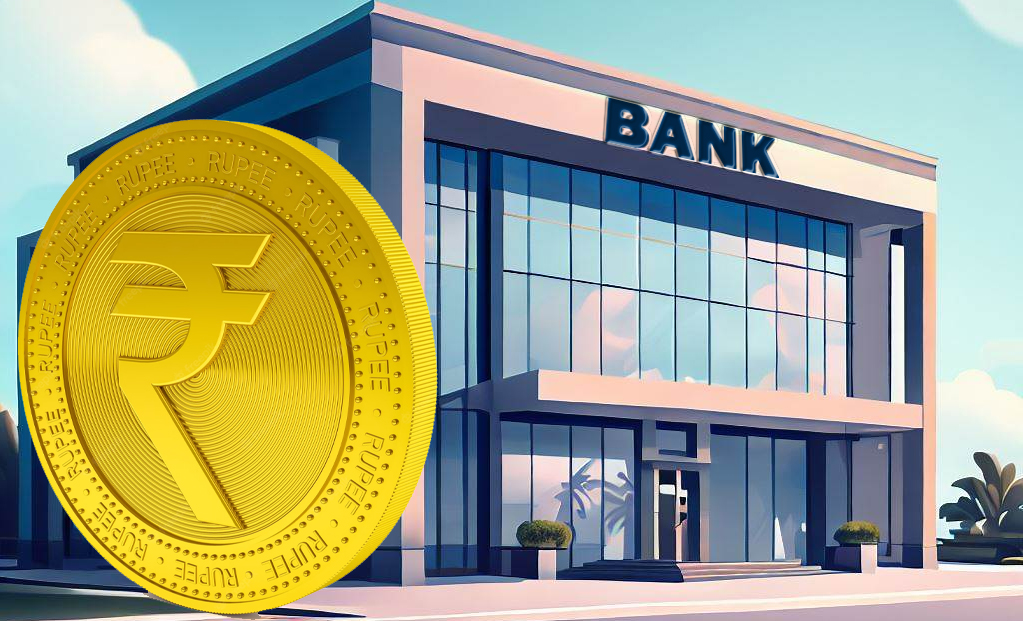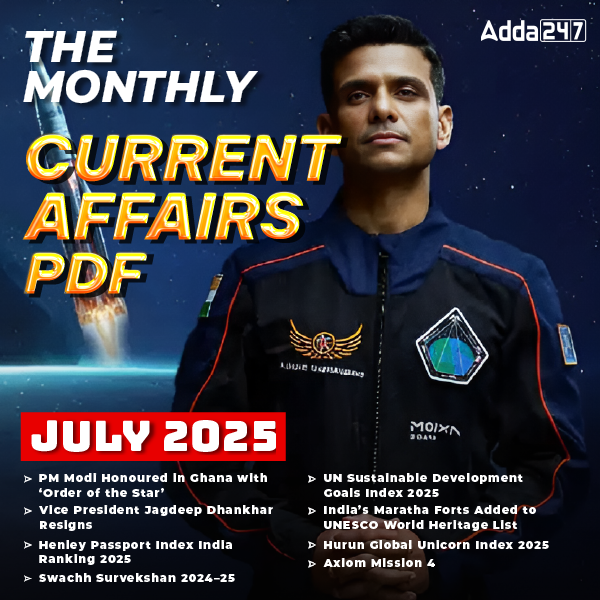FIFA World Cup Winners List from 1930-2022: Introduction
FIFA World Cup Winners List from 1930-2022: The men’s FIFA World Cup, the most important event in international football, features the top national teams in action. Football is widely perceived as the most popular sport in the world, and the FIFA World Cup, which is held every four years, spectacularly draws massive crowds. After winning the most recent FIFA World Cup in 2018, France is the current world champion.
Buy Prime Test Series for all Banking, SSC, Insurance & other exams
The FIFA World Cup 2022, is currently taking place in Qatar from November 20 to December 18, will be the first winter World Cup ever. It was planned this way so that players could escape the scorching high temperatures in Qatar throughout the summer. The FIFA World Cup is also the first to be contested in the middle of the club football season.
FIFA World Cup History
- FIFA (Federation Internationale de Football Association), the worldwide governing organization of football, was established in 1904 and organized the competition. The 1920 Olympics in Antwerp featured a football competition that was recognized as an intercontinental competition.
- The first-ever FIFA World Cup was held in 1930 as a result of this. Because of their 100 years of independence celebration and Olympic gold medals from 1924 and 1928, Uruguay was the gracious host nation. The inaugural FIFA World Cup winners, Uruguay, went on to win the trophy at home after defeating Argentina 4-2 in the championship game.
- Italy became the first country to successfully defend its championship by winning the following two FIFA World Cups in 1934 and 1938.
- Uruguay won their second title in 1950 and West Germany won its first FIFA World Cup championship in 1954.
- Brazil has won the FIFA World Cup five times, making them the most successful team. They are also the only nation to have qualified for each of the FIFA World Cup’s 21 iterations.
- In 1966, England went on to claim their first and lone FIFA World Cup trophy. Geoff Hurst of England is the only player to score a hat-trick in a FIFA World Cup final as his three goals helped England defeat West Germany 4-2 on Sunday.
- In 1970, Pele and Brazil won their third championship. Pele has won the most World Cups of any player, with three titles. In 2002, Brazil won its final World Cup trophy.
- Argentina won its second championship in 1986 after first winning it in 1978, propelled by the talent of the late Diego Maradona.
- Next, in 1998, a new champion of the FIFA World Cup emerged when Didier Deschamps’ France defeated Brazil in the championship game to claim their first home victory.
- The only person to win the title both as a player and manager is Didier Deschamps, who managed the French squad that won the 2018 FIFA World Cup.
- With 16 goals from 2002 to 2014, German striker Miroslav Klose holds the record for most goals scored in a FIFA World Cup.
- Just Fontaine of France holds the record for the most goals scored in a single FIFA World Cup, scoring 13 in 1958.
FIFA World Cup Previous Winners List
FIFA organizes the Football World Cup all across the globe. The senior male national teams of FIFA’s members compete in it. Since the 1930 inauguration of the FIFA competition, it has taken place every four years. Because of the Second World War, It was avoided in 1942 and 1946. The 2018 FIFA World Cup final was held in Russia, where France defeated Croatia to win the championship. The FIFA World Cup will be held in Qatar in 2022. This page covers the champions and runners-up as well as all the FIFA World Cup hosts from 1991 to 2022.
FIFA World Cup from 1930-2022
FIFA World Cup Winners List: FIFA was established as an outcome of the increase in international competitions immediately after the turn of the 20th century. Leaders of football in Europe felt that a governing body was necessary because of the growing rivalry, thus the seven founding members gathered in Paris under the leadership of French journalist Robert Guerin to discuss the game’s future. Guerin served as FIFA’s first president from 1904 to 1906. FIFA was presided over by Jules Rimet and seven other persons for 33 years, from 1921 to 1954.
List of FIFA World Cup Winners from 1930-2022
Argentina, the current holders of the FIFA World Cup, claimed victory in the 2022 tournament held in Qatar. The historic event marked the first time the World Cup was organized during the winter months to provide respite from the extreme summer temperatures in Qatar. Additionally, it was the inaugural instance of the tournament taking place amidst the ongoing club football season.
| Year | Winners | Runners-up | Host country |
| 1930 | Uruguay | Argentina | Uruguay |
| 1934 | Italy | Czechia | Italy |
| 1938 | Italy | Hungary | France |
| 1950 | Uruguay | Brazil | Brazil |
| 1954 | Germany | Hungary | Switzerland |
| 1958 | Brazil | Sweden | Sweden |
| 1962 | Brazil | Czechia | Chile |
| 1966 | England | Germany | England |
| 1970 | Brazil | Italy | Mexico |
| 1974 | Germany | Netherlands | West Germany |
| 1978 | Argentina | Netherlands | Argentina |
| 1982 | Italy | Germany | Spain |
| 1986 | Argentina | Germany | Mexico |
| 1990 | Germany | Argentina | Italy |
| 1994 | Brazil | Italy | United States |
| 1998 | France | Brazil | France |
| 2002 | Brazil | Germany | South Korea, Japan |
| 2006 | Italy | France | Germany |
| 2010 | Spain | Netherlands | South Africa |
| 2014 | Germany | Argentina | Brazil |
| 2018 | France | Croatia | Russia |
| 2022 | Argentina | France | Qatar |
FIFA World Cup Winners List in Order
While the 2022 World Cup in Qatar, the first to be held in the Middle East, is currently in progress, let’s take a quick look back at the World Cup’s history.
FIFA’s website states that the first World Cup competition was held in Montevideo, Uruguay’s capital, in 1930, 92 years ago. The four teams in the first competition that allegedly played in an “unfinished stadium” were Argentina, Uruguay, the United States of America, and Yugoslavia.
Uruguay won the 1930 FIFA World Cup Men’s competition after defeating Argentina, taking first place on the list of tournament champions in the process. In its nearly 100-year history, just eight teams have won the FIFA World Cup. In its nearly one-hundred-year history, just eight teams have won the FIFA World Cup. Brazil has won five tournaments, followed by Italy with four and Germany with three. Here is a list of every FIFA World Cup winners from 1930 until 2022, listed in order.
FIFA World Cup 2022 Man of the Match Award List
FIFA World Cup 2022: FIFA World Cup All Winners List in order
- 2022 – Argentina
- 2018 – France
- 2014 – Germany
- 2010 – Spain
- 2006 – Italy
- 2002 – Brazil
- 1998 – France
- 1994 – Brazil
- 1990 – Germany FR
- 1986 – Argentina
- 1982 – Italy
- 1978 – Argentina
- 1974 – Germany FR
- 1970 – Brazil
- 1966 – England
- 1962 – Brazil
- 1958 – Brazil
- 1954 – Germany FR
- 1950 – Uruguay
- 1938 – Italy
- 1934 – Italy
- 1930 – Uruguay
The World Cup tournaments were reportedly cancelled in 1942 and 1946 due to World War II.
Deepika Padukone to Unveil FIFA World Cup Trophy
FIFA World Cup Winners
Argentina
What a great match! Undoubtedly, it was one of the best finals ever. But in the end Argentina defeated France by 4-2 in penalty shootout after the match drawn 3-3 in the normal time to win FIFA World Cup 2022 title. Kylian Mbappe from France was the top goal scorer in FIFA World Cup 2022, he scored 7 goals. France forward Kylian Mbappe became the first footballer to score a hat-trick in a FIFA World Cup final since the 1966 edition when England’s Geoff Hurst netted a hat-trick against West Germany. Mbappe scored in the 80th, 81st and 118th minutes to net a hat-trick against Argentina in the 2022 FIFA World Cup final.
Brazil
Brazil is the first nation to win the FIFA World Cup on four different continents, joining Spain, Germany, and Argentina as other nations to do so. Brazil has won five trophies, making it the most successful national team in FIFA World Cup history (1958, 1962, 1970, 1994, 2002). Brazil has been the only country’s team to have participated in every FIFA World Cup without missing any.
Italy
Italy defeated France 5-3 on penalties in the 2006 FIFA World Cup final in Berlin after the score remained tied at 1-1 following 90 minutes of ordinary play and 30 minutes of overtime. The 2006 FIFA World Cup was place in Germany. The infamous headbutt by Zinedine Zidane on Matteo Materazzi during the final, which led to the French star receiving the axe, will go down in history. Italy finished fourth overall.
Uruguay
Uruguay defeated Argentina 4-2, winning the first FIFA football world cup. This world cup’s host country was Uruguay. The majority of the matches were played in the Estadio Centenario in Montevideo, the capital city of Uruguay.
FIFA World Cup Winners List Women’s:
The International Olympic Committee oversees the men’s and women’s Olympic football tournaments, which are managed by FIFA. These tournaments are held every four years. The FIFA Confederations Cup, a competition involving the winners of each of its confederations, and the FIFA Club World Cup have also been hosted by FIFA. The FIFA Club World Cup was first held in Brazil at the beginning of 2000.
A number of the events that are held by FIFA include the FIFA World Cup, Women’s World Cup, Under-20 World Cup, Under-20 Women’s World Cup, Under-17 World Cup, Under-17 Women’s World Cup, FIFA Beach Soccer World Cup, and Futsal World Cup.
Below is the list of FIFA World Cup All winners- Women
| Year | Host Country | Winners | Runners-up |
| 1991 | China | United States | Norway |
| 1995 | Sweden | Norway | Germany |
| 1999 | United States | United States | China |
| 2003 | United States | Germany | Sweden |
| 2007 | China | Germany | Brazil |
| 2011 | Germany | Japan | United States |
| 2015 | Canada | United States | Japan |
| 2019 | France | United States | Netherlands |
| 2023 | Australia and New Zealand | To be held | To be held |
Cristiano Ronaldo Retirement and Biograph
FIFA World Cup Winner List: Most Time
Brazil is the only team to have competed in every FIFA World Cup competition and has won the FIFA World Cup the most times. The FIFA rankings have Brazil as the top-ranked nation. Surprisingly, with five titles already under its belt, Brazil has had the most success at the significant competition. Germany and Italy are the other defending World Cup champions, each having won four championships. Argentina, France, and Uruguay, who took first place, each have two championships, while England and Spain each have one. The top 10 FIFA World Cup champions, organised by year and competition.
|
FIFA World Cup Winners List- Country wise
The most successful football team till date is Brazil. Argentina has won the FIFA World Cup three times, Italy and Germany have won it four times, and Brazil has won it five times. From its establishment in 1930 until 2022, only eight teams have won the FIFA World Cup. The eight teams—Brazil, Italy, Germany, Uruguay, France, Argentina, England, and Spain—that made the FIFA World Cup winners list. Let’s look at the list of countries who won the World Cup from 1930 to 2022.
FIFA World Cup Winners List- Country-wise |
||
|---|---|---|
| Country | Total no. of Winner | Year of Winning |
| Brazil | 5 | 1958, 1962, 1970, 1994, 2002 |
| Italy | 4 | 1934, 1938, 1982, 2006 |
| Germany | 4 | 1954, 1974, 1990, 2014 |
| Uruguay | 2 | 1920, 1950 |
| France | 2 | 1998, 2018 |
| Argentina | 3 | 1978, 1986, 2022 |
| England | 1 | 1966 |
| Spain | 1 | 2010 |
FIFA World Cup Winner 2022
FIFA World Cup Winner 2022: On Sunday, December 18, France and Argentina will face off in the FIFA World Cup 2022 championship match. The current World Champions France and Lionel Messi’s Argentina will face off in a grueling matchup as they contend for the tournament’s third championship. France triumphed in 1998 and 2018, while Argentina got the coveted award in 1978 and 1986.
2018 World Cup Winners and Prize Money
FIFA World Cup Winner 2022: France won the 2018 FIFA World Cup. At the Luznikhi Stadium in Moscow, France defeated Croatia 4-2 to win the competition after 20 years. France’s success in 2014 marked their second World Cup triumph after their triumph in 1998. Griezmann was chosen as the game’s MVP, but Croatia’s Luka Modri won the Golden Ball as FIFA’s finest player of the competition. The winners of the FIFA World Cup 2018 will get a staggering sum of USD 42 million.
FIFA World Cup Winners 2022 Prize Money
FIFA World Cup Winner 2022: The winners of the FIFA World Cup 2022 would receive a massive prize money of USD 42 million. The Runner Up will get $30 million. The $72 million in prize money, therefore, be cherished by the winners. While the fourth-place team will receive $25 million, the third-place club will receive $27 million, respectively.
FIFA World Cup Winners List: FAQs
Ques: Which team has won the FIFA World Cup 2022?
Ans. Argentina has won the FIFA World Cup 2022 by defeating France in the Penalty shootout by 4-2, after the match was drawn at 3-3 in the regular time and extra time.
Ques: Who won the FIFA World Cup 2022?
Ans. Argentina defeated France in the penalty shootout. The Match was drawn at 3-3 after the end of extra time (120 minutes). Argentina won the penalty shootout by 4-2.
Ques: Which nation has the most FIFA World Cup victories?
Ans: Brazil is the country with the most titles and the only one to have competed in every competition. Brazil won five FIFA World Cup titles.
Ques: When will the FIFA World Cup 2022 Final match take place?
Ans: The FIFA World Cup 2022’s championship finals will be held on December 18, 2022 in the Lusail Iconic Stadium.
Ques: Which team won the 2018 FIFA World Cup?
Ans: France defeated Croatia 4-2 to win the competition after 20 years at the Luznikhi Stadium in Moscow. France won the FIFA World Cup 2018.
Ques: Which country has the most FIFA World Cup?
Ans: Spain, England, Argentina, France, Germany, Italy, Brazil, and Uruguay have all taken home the FIFA World Cup title. By defeating Argentina 4-2 in the championship match, Uruguay won the inaugural World Cup in 1930. Most FIFA World Cup victories belong to the Brazilian men’s football team. Five times in total—in 1958, 1962, 1970, 1994, and 2002—Brazil has won the World Cup.
Ques: How many teams are in the World Cup 2022?
Ans: Total of 32 top national teams from five different federations will compete in the FIFA World Cup 2022 in Qatar from November 20 to December 18, competing for the title of world champions in football.





